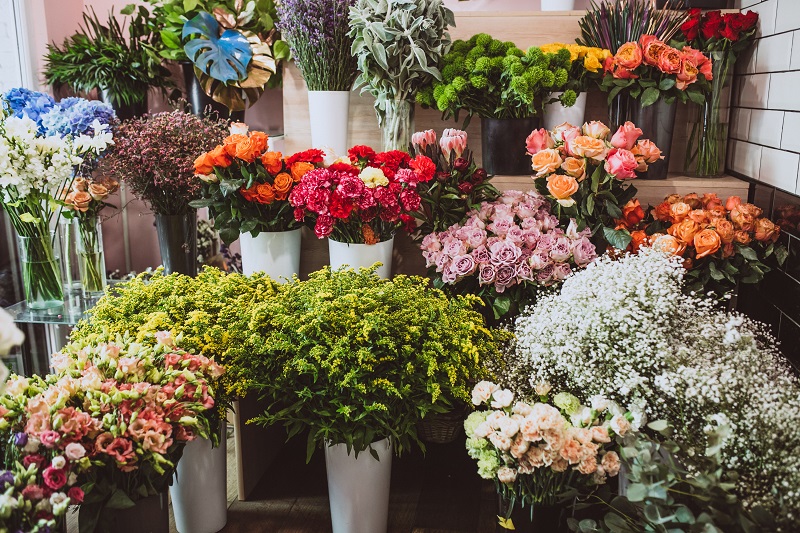
Introduction
Perhaps you’ve always been captivated by the delicate beauty of flowers, or maybe you’ve been taken by the idea of crafting a seemingly simple bouquet into a work of art. If so, a career in floristry may be the perfect fit for you. As a florist, you get to express your creativity and passion for nature every single day while bringing happiness to people’s lives through the beauty of flowers. But what does it take to become a successful florist? This article will provide a comprehensive overview of the art and business of floristry.
1. What is Floristry?
Floristry is the art and business of creating and selling floral arrangements. As a florist, you’re not just selling flowers – you’re selling sentiments and emotions. A bouquet might express love, congratulate a success, or offer condolences. Thus, an understanding of flowers, plants, and design principles is vital to create arrangements that capture the desired sentiments.
2. How to Become a Florist
Becoming a florist doesn’t necessarily require formal education, though courses in floristry can provide valuable knowledge and skills. Practical experience, either through an apprenticeship or working in a flower shop, is often the best teacher. It’s also important to familiarize yourself with different types of flowers, plants, and florist supplies.
3. Skills Required for a Florist
A florist needs a combination of technical, creative, and business skills. These include floral design, customer service, basic accounting, and marketing. Good physical stamina is also important, as florists spend a lot of time on their feet and often need to lift heavy buckets or arrangements.
4. Working in a Flower Shop
Working in a flower shop can be a rewarding experience. It involves a variety of tasks, from creating floral arrangements and taking care of plants, to dealing with customers and suppliers. It’s also an opportunity to learn about the business side of floristry, which is crucial if you want to run your own shop one day.
5. The Role of an Online Florist
With the rise of the internet, many florists now operate online. An online florist offers the convenience of home delivery and the ability to reach a wider customer base. However, it also requires skills in e-commerce, website management, and digital marketing.

6. The Importance of a Local Florist
Despite the convenience of online shopping, there’s still a strong demand for local florists. A local florist can provide a personalized service, with a deep understanding of their customers’ preferences and needs, as well as the local culture and traditions.
7. Working as a Wedding or Event Florist
Specializing as a wedding or event florist can be both challenging and rewarding. It involves creating large-scale floral arrangements and installations, often under tight deadlines. It also requires good communication and planning skills, as you’ll be working closely with clients to bring their vision to life.
8. The Use of Seasonal Flowers in Floristry
Using seasonal flowers in your arrangements not only ensures freshness and quality, but also reduces your environmental impact. It also allows you to vary your designs throughout the year and create arrangements that capture the spirit of each season.
9. The Rise of Sustainable Floristry
Sustainability is becoming increasingly important in floristry. This involves sourcing flowers from sustainable farms, reducing waste, and using eco-friendly materials. By embracing sustainable practices, you can contribute to the well-being of the planet and attract customers who value sustainability.
10. Conclusion: The Fulfillment of Being a Florist
Becoming a florist is not just about working with flowers. It’s about creating beauty, expressing emotions, and making people happy. It’s a career that combines artistry, craftsmanship, and business acumen. And with the growing interest in flowers and sustainability, there’s never been a better time to join the floristry industry.





